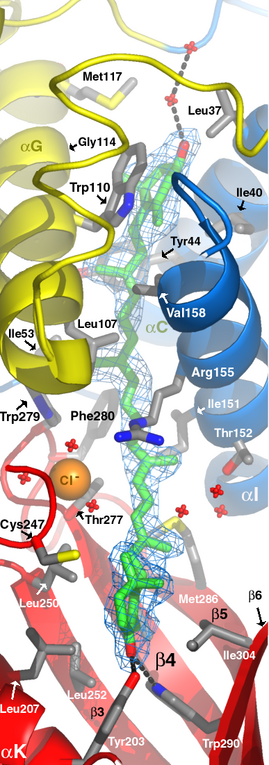

Modulation order, and index of pilot and data subcarriers. Necessary OFDM parameters such as number of subcarriers, numbre of OFDM symbols,

Currently we supportīoth Zero-Forcing and Conjugate Beamforming. " RF3E000103", " RF3E000180", " RF3E000181", " RF3E000188" ] hub_id = " FH4A000001" else bs_ids = end ue_ids = N_BS_NODE = length ( bs_ids ) % Number of nodes/antennas at the BS N_UE = length ( ue_ids ) % Number of UE nodes end Configure signal parameters (OFDM)įirst, select the receiver beamforming algorithm to be used. empty () if USE_HUB % Using chains of different size requires some internal % calibration on the BS. % Params: N_BS_NODE = 4 N_UE = 2 WRITE_PNG_FILES = 0 % Enable writing plots to PNG SIM_MOD = 1 DEBUG = 0 PLOT = 1 if SIM_MOD chan_type = " rayleigh" % Will use only Rayleigh for simulation sim_SNR_db = 15 TX_SCALE = 1 % Scale for Tx waveform () bs_ids = ones ( 1, N_BS_NODE ) ue_ids = ones ( 1, N_UE ) else %Iris params: TX_SCALE = 0.5 % Scale for Tx waveform () chan_type = " iris" USE_HUB = 0 TX_FRQ = 2.5e9 RX_FRQ = TX_FRQ TX_GN = 42 TX_GN_ue = 42 RX_GN = 20 SMPL_RT = 5e6 N_FRM = 10 bs_ids = string. NOTE: In this tutorial we assume that the user is familiar with Matlab. On the receiver side, the base station will perform channelĮstimation, equalization, and use zero-forcing or conjugate beamforming to This allows the base station to estimate theĬhannel from each of its antennas to each of the clients in a clean manner.Īfter all the training sequences, all clients send their data frames You will notice that the training sequences of the Notice this is for aįour-client topology. The structure of the transmit signals for each client. We implement a frame structure that allows the base station toĬapture clean (non-overlaping/staggered) training sequences for equalization andĭemultiplexing of the concurrent data streams. The base station initiates the schedule by sendingĪ beacon signal that synchronizes clients. Transmission is OTA, then the user specifies a Transmit an OFDM signal that resembles a typical 802.11 WLAN waveform. On the Iris hardware for transmission and reception. If in simulation mode we simply use a Rayleigh channel whereas the OTA mode relies Modes: a) OTA (Over-the-air) and b) SIM_MOD (simulation).

User Equipment or UE) to multiple base station radios.

Pymol is a Python-based molecular viewer that is used for multiple purposes.


 0 kommentar(er)
0 kommentar(er)
